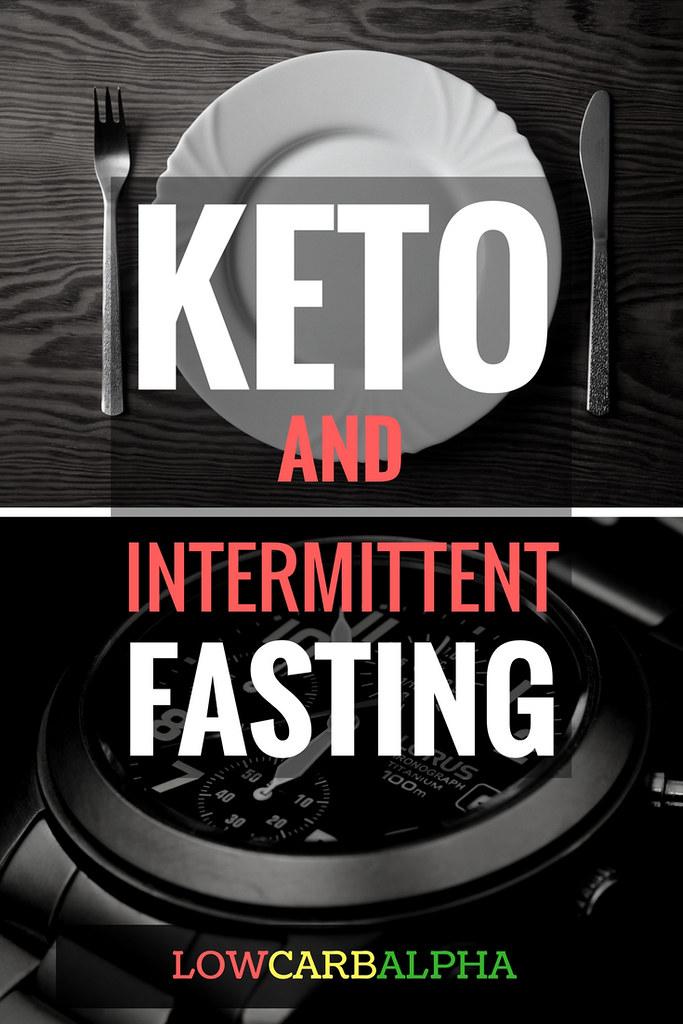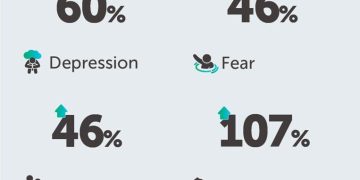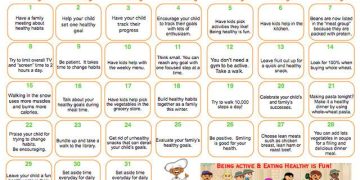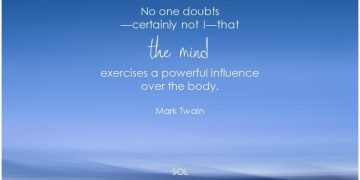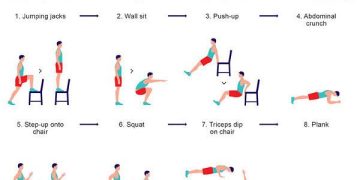As dawn conceptualises, every clock in the world begins its rhythmic ticking – a dance that encapsulates numerous activities and chores, working hours and resting hours, bites of roasts savored and bites of salad painfully masticated. Within this dance, you may find the ingredient for not just managing your weight, but sculpting your health and bolstering wellbeing: intermittent fasting. Tread not the path of fear, for this is no draconian dieting decree. This is a beginner’s guide, an alluring adventure that spells weight loss with a new-found charm of freedom, flexibility, and mindful eating. Join us on this exciting journey where time-based fasting rituals headline the performance, proving a unique pivot in the narrative of weight loss. Unveiling the Mystery of Intermittent Fasting
Intermittent fasting (IF) has been a game changer in the wellness world, gaining recognition for its profound impacts on weight loss and overall health. At its core, IF is a cycle between periods of fasting and eating. It’s not about what you eat but rather when you eat that makes IF distinctly different from other diet plans. Fasting triggers the ‘healing’ mode in our bodies, which promotes burning of fat for energy, reduces inflammation, increases insulin sensitivity, and even boosts brain health. Common methods of IF include the 16/8 method(where you eat during an 8-hour window and fast for 16 hours), 5:2 method (eat normally for five days of the week and significantly reduce calories for the other two days) and Eat-Stop-Eat method (one or two 24-hour fasts each week).
Paving the Path to Weight Loss with Intermittent Fasting
It’s no secret that weight loss is effectively achieved when calorie intake is less than calorie expenditure. What’s surprising is how IF can simplify this process. By reducing the eating window, IF naturally helps in reducing calorie intake. Additionally, combined with hormone function changes, IF increases metabolic rate, driving your body to burn fat more efficiently for energy. Notably, unlike many ‘crash’ diets that lead to muscle loss along with fat loss, IF predominantly acts on fat stores, preserving muscle mass.
Practical Tactics for Beginners in Intermittent Fasting
Embarking on the path of IF could feel overwhelming initially. Remember to be patient with yourself as your body adapts to a new eating pattern. It’s crucial to maintain hydration during fasting periods, by consuming non-caloric beverages like water, black coffee and green tea. It’s advisable to begin with shorter fasting periods and gradually increase the duration as your body gets comfortable. Tracking your progress and keeping a meal log can be extremely motivating as well.
Honing Your Fasting Plan for Optimal Results
When it comes to IF, there’s no one-size-fits-all method. Consider your lifestyle, fitness goals, work schedule and existing medical conditions while tailoring your fasting plan. Make sure your eat-window comprises nutrient-dense, balanced meals to replenish the body adequately. Finally, stick to your IF regimen for at least a month to discern results. The benefits of IF extend beyond just weight loss, and soon you might find yourself feeling energized, focused, and healthier than ever before.
As we wrap up this gastronomic journey, let’s leave all the clutter and unfettered indulgences behind. Let’s harness the essence of time, weaving it into our dietary choices, transforming the power of delay into an ally for weight loss. Remember, intermittent fasting isn’t a magic wand; it’s a compass guiding us towards mindful eating and balanced lifestyle. It paves a path of moderation, not deprivation, leaving room for the sweet serenades of a diverse palette. For novices and old-timers alike, the world of intermittent fasting uncaps a kaleidoscope of health opportunities. The beginning might seem steep, but the destination promises a healthier, lighter you. As we bid adieu, we wish you exciting, insightful, and nourishing dining adventures. Bon Appétit!